Managing Decimals in POS Bill Splitting for Restaurants
You might think that bill splitting in restaurants is straightforward – you just need to divide the bill among all customers. So, what's the challenge? Well, it comes down to something we might overlook: decimals. Just try splitting 10 pounds among three people. That's when decimals really come into play.
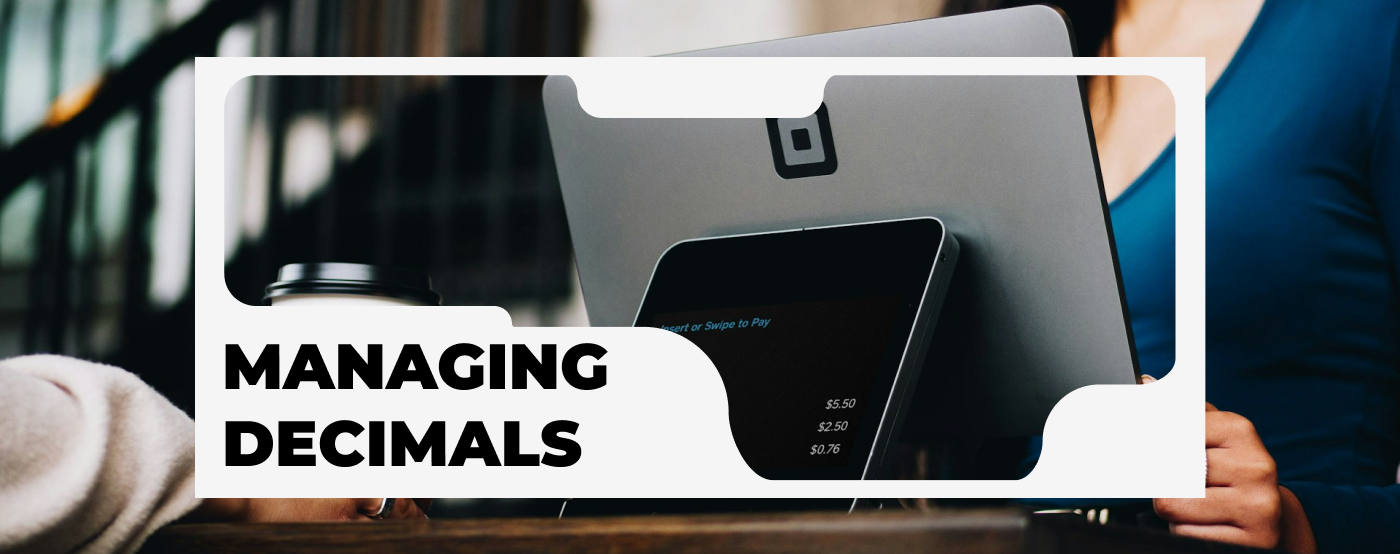
Let's explore a scenario depicted in a mockup of a bill split system we implemented for Just Eat POS.
Decimals in restaurant bill split case study
Imagine three people deciding to share one pizza (presumably, they have light appetites). The total bill is £6.49. Dividing £6.49 by three results in 2.16333333333... Rounding it down to £2.16 might seem fair since each payment is equal, but then the total collected doesn't match the bill – there's a penny missing!
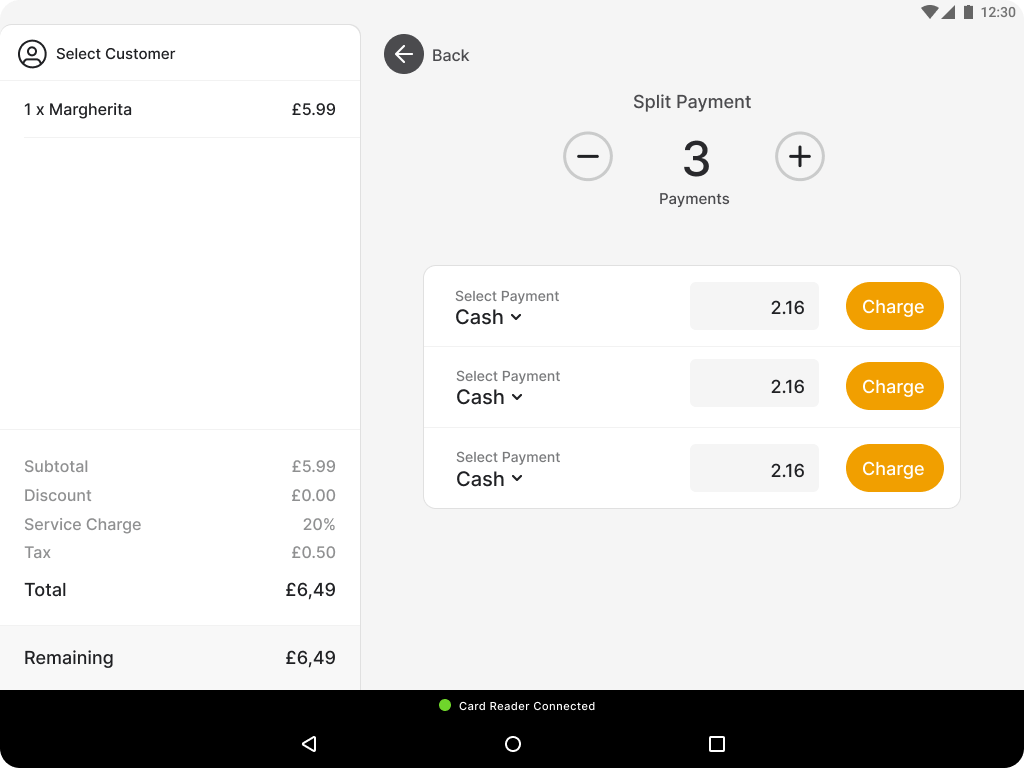
No business wants to lose these pennies on a larger scale. On the other hand, rounding each payment up to £2.17 isn't a perfect solution either, as it results in an overpayment of 2 pence.
As you can see, decimals are important, in some cases, they can be a matter of life or death. Yet that’s another, rather tragic story about 28 soldiers who died because decimals were, let's say, “neglected”.
So, what can we do about these “annoying” decimals in POS systems?
Rounding-up mechanism in bill splitting
While developing a bill-splitting feature for our UK-based point-of-sale (POS) system, our team adheres to specific rounding-up rules when the total bill cannot be evenly divided. In cases like the one provided earlier (dividing £6.49 by three), the last payment needs to include an extra penny. This small adjustment ensures that the sum of the split payments matches the total amount of the bill.
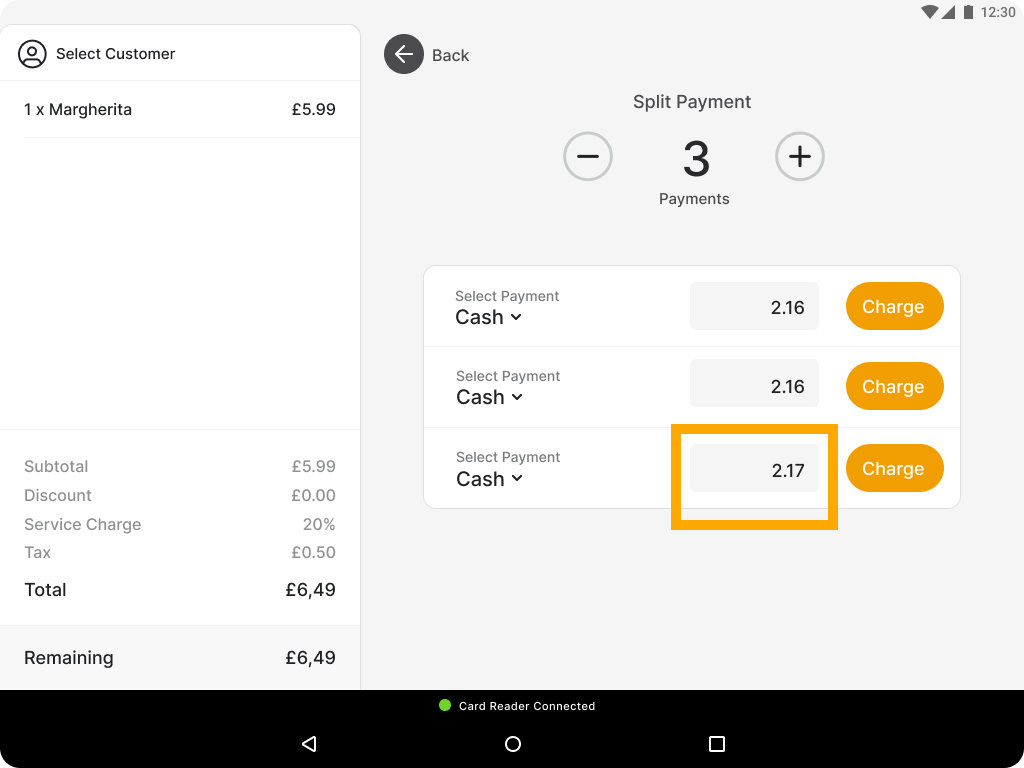
However, in some situations, rounding may require adding more than one extra penny. For example, consider splitting £9.35 into 3 separate payments. The result is £3.116666... In this scenario, two of the payments need to be rounded up to ensure the total matches the original amount:
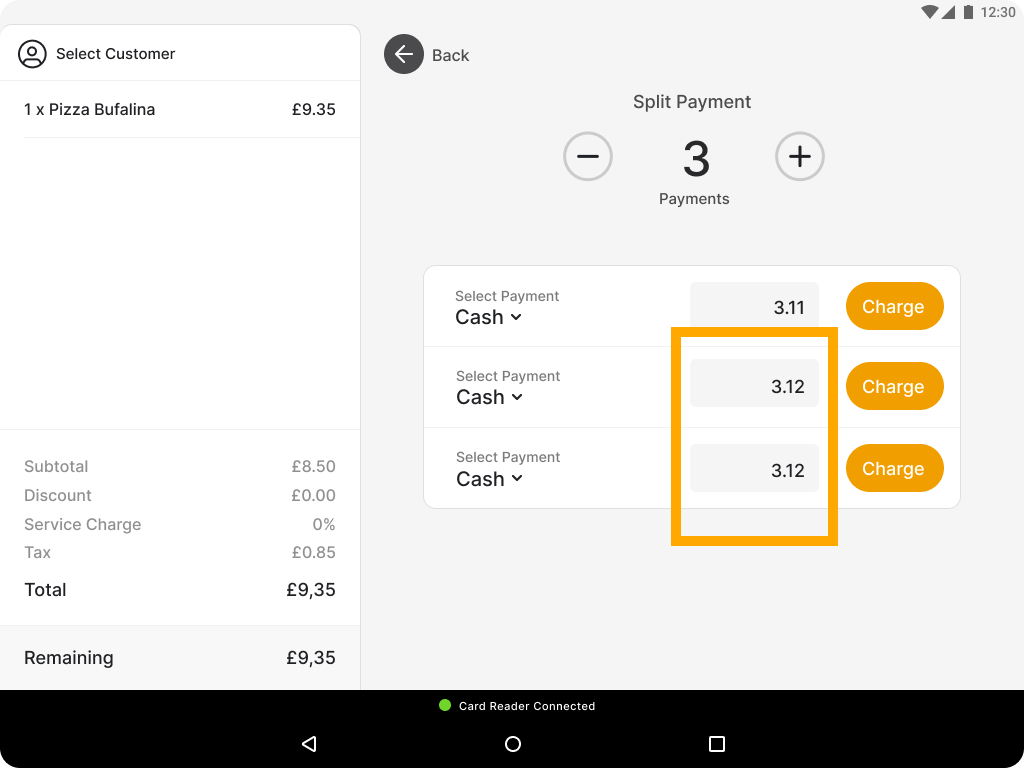
That's the business logic behind it but what about the code?
How to represent decimals in payment software development
When handling decimals in code for monetary values using floating-point types like float and double is highly discouraged due to their inherent imprecision. Here's why, and what alternatives should be used instead.
Problems with float and double
Float and double are designed to handle a wide range of values by approximating them, which can introduce rounding errors – a critical issue when dealing with money. Due to the way floating-point arithmetic works, numbers cannot always be stored exactly, leading to inaccuracies. For example, performing a calculation with float might result in values like 0.999999999 instead of 1. This lack of precision makes float and double unsuitable for representing currency.
Developing POS for real people starts with real stories
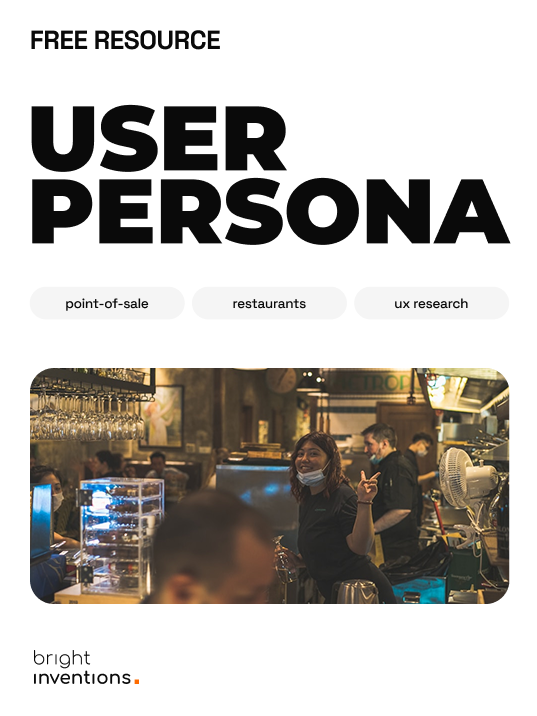
Recommended approaches for currency decimal coding
- Use integers
A common alternative is to represent monetary values in cents (or the smallest unit of the currency) using an integer type, such as int or long. For example, instead of representing $10.99 as 10.99 with a float, it can be stored as 1099 cents with an integer type. This avoids floating-point inaccuracies while still enabling exact arithmetic.
- Use arbitrary precision types
Many programming languages offer data types that handle decimals with greater precision. In Java, for instance, BigDecimal is a highly recommended option for monetary calculations, as it provides control over rounding and allows exact calculations without floating-point errors. Similarly, Python's Decimal type offers a way to handle monetary values precisely.
- Control over rounding
Using types like BigDecimal or Decimal also gives software developers control over rounding behaviors, which is crucial for restaurant operations where rounding must comply with legal and business standards.
Does your bill split cover all these scenarios?
While building POS payment solutions for retail and hospitality you will deal with decimals. Ensure your solution covers a variety of mathematical scenarios related to features like bill splitting.
Do you struggle with implementing payment features? As POS software development company, we’ve been handling POS scaling for over a decade. Contact us to discuss your solution!

